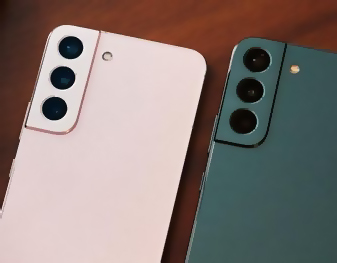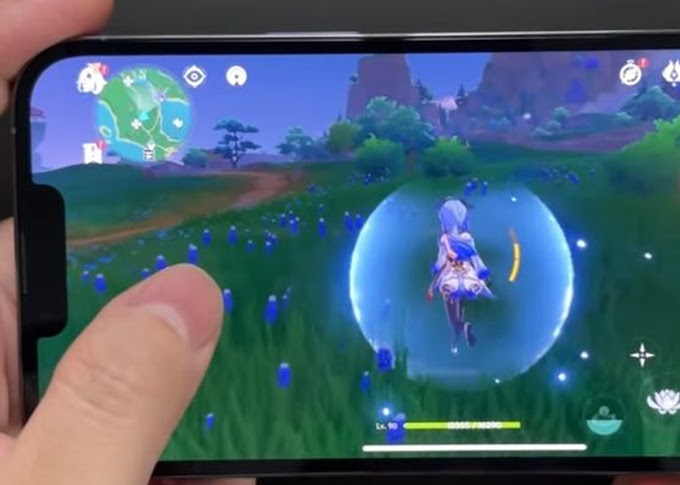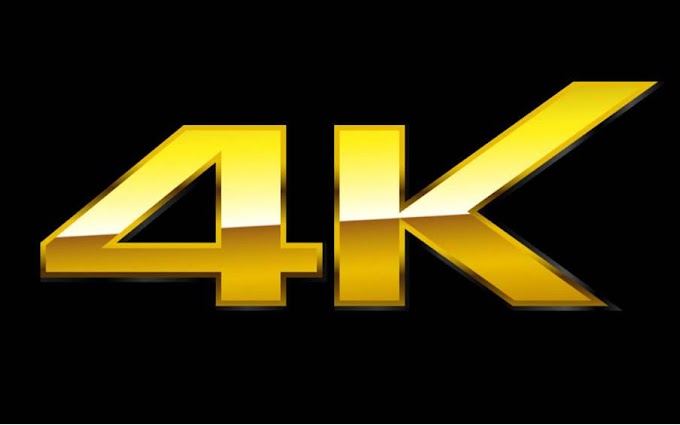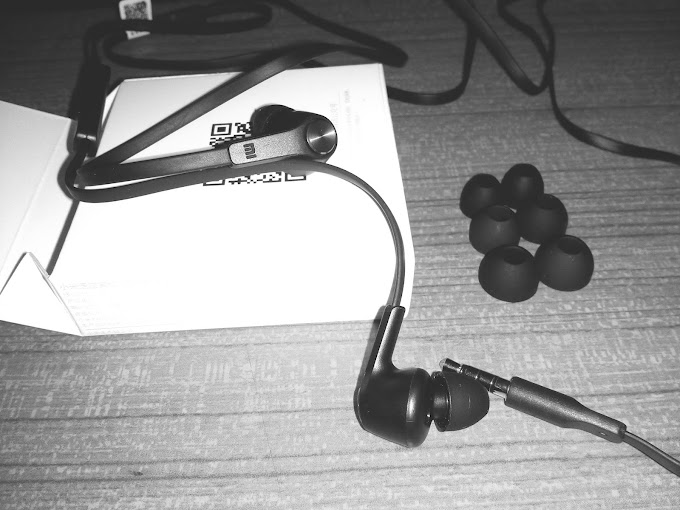A week's experience using Starlink Mini on electric vehicle with Roam Package as a roadtrip companion was quite enjoyable and very helpful in terms of internet connection. In preparation for the upcoming roadtrip, I felt the need for an internet connection on the long trip considering that the locations to be visited later had the potential for poor signal. From previous travel experiences, I often experience blank spots, especially in inter-city locations that are far from residential areas, even though in those places sometimes an internet network is needed to make calls or just connect to Google Maps or Spotify entertainment.
The advantages of StarLink Mini include its compact size and lightweight (67.5% smaller than Starlink Standard V4) making it easy to carry around, making it ideal for travelers, field workers, or use in remote locations. The installation process is very practical and fast, just plug it in and point it to the sky, immediately connected. Starlink Mini can provide high-speed internet access almost all over the world, including areas that are not covered by conventional internet infrastructure. With an average power consumption of 25-40 Watts, Starlink Mini is more energy efficient than the Standard version and can be powered using a 100 Watt USB-PD power bank, perfect for locations with limited resources. Designed to withstand various extreme environmental conditions such as snow, heavy rain, and strong winds.
A year ago when Starlink was first officially launched, I immediately tried installing it at home and so far I'm quite satisfied. So when Starlink Mini was launched, coincidentally at the same time as our roadtrip preparations, I immediately thought of trying to install it on the roof of the car.
It was difficult to find the right bracket, but finally I was able to get the right magnetic bracket, although there was concern about "magnet shadowing" on the roof of the car. Preventive measures were taken by covering the part where the magnet was attached with a ppf sticker. Paint Protection Film (ppf), which is a transparent film layer applied to the surface of a vehicle's paint to protect it from various damage.
Even though I use an electric car that can be likened to a jumbo power bank, I still separate the Starlink Mini power source so as not to drain electricity from the car battery, and the Power Station from Bluetti is the choice. Don't forget to buy a replacement cable from the Starlink Mini 3 in 1 model plug, which can be used for cigarette lighting, USB type c and DC male starlink. Don't forget to buy a silicon cover to disguise the Starlink Mini antenna from crimes that might be committed by others.
Bluetti Power Station is known as one of the major players in the portable power station market, and there are many advantages that make their products stand out. Some of Bluetti’s higher-end models feature modular expansion capabilities, where the battery capacity can be increased by adding extension batteries. This provides incredible flexibility for users who need more power capacity later on without having to purchase a new unit. Overall, Bluetti stands out for its combination of safe and long-lasting battery technology, charging flexibility, wide range of outputs, smart features, and rugged design, making it a highly reliable portable power solution for a variety of scenarios.
After a short test, this time we took a long trip for about 10 days. And the results I can conclude as follows:
- Starlink Mini with magnetic bracket sticks tightly even though the car is driven up to 120 km per hour.
- As long as the car is in an open area with a sky roof, the internet connection is always on.
- The Bluetti EB3A Power Station is enough to supply electricity to Starlink Mini for a day (5-8 hours) of travel, with the note that when the car enters the building the electricity is turned off, and sometimes if there is an opportunity while waiting for the car to charge, Bluetti can also be charged via a power outlet found at the location.
- Starlink Mini connectivity during the trip is quite diverse, ranging from 15 Mbps to 200+ Mbps when the car is running, even though the car is going fast.
- Although a bit worried (especially in urban areas), Starlink Mini has never been removed from the roof, because the silicon cover is quite helpful in disguising, and can even keep the Starlink Mini body clean from dirt.
- During the trip, the antenna was quite often exposed to heavy rain and including spray when the car was washed at the car wash. The condition is still safe. 7. At first I was doubtful about the 50 GB package, was it enough? It turned out that up to 10 days of use it was no more than 15 GB, even though when I first used it I was surprised that it could be 8-9 GB a day. I don't know what it was used for at that time, maybe WA was backing up or Starlink was updating, but I read that Starlink updates should not use service quota.
That was my experience using Starlink Mini as a very helpful roadtrip equipment. Hopefully it can be an inspiration for those who like roadtrips, especially to areas with poor signal. At least this technology can be a safety tool when experiencing problems on the road far from residential areas, can stay connected to the internet and ask for help.













